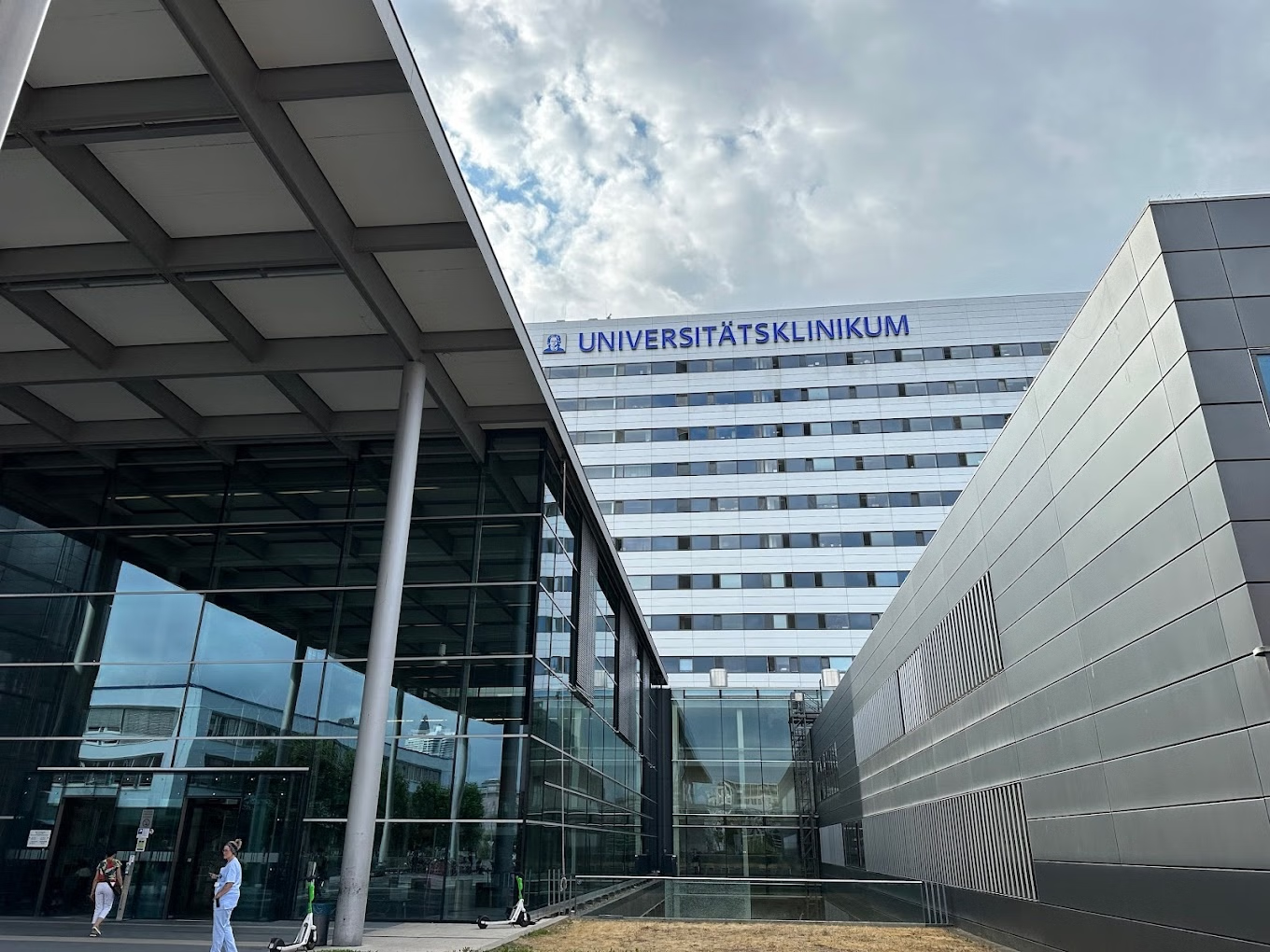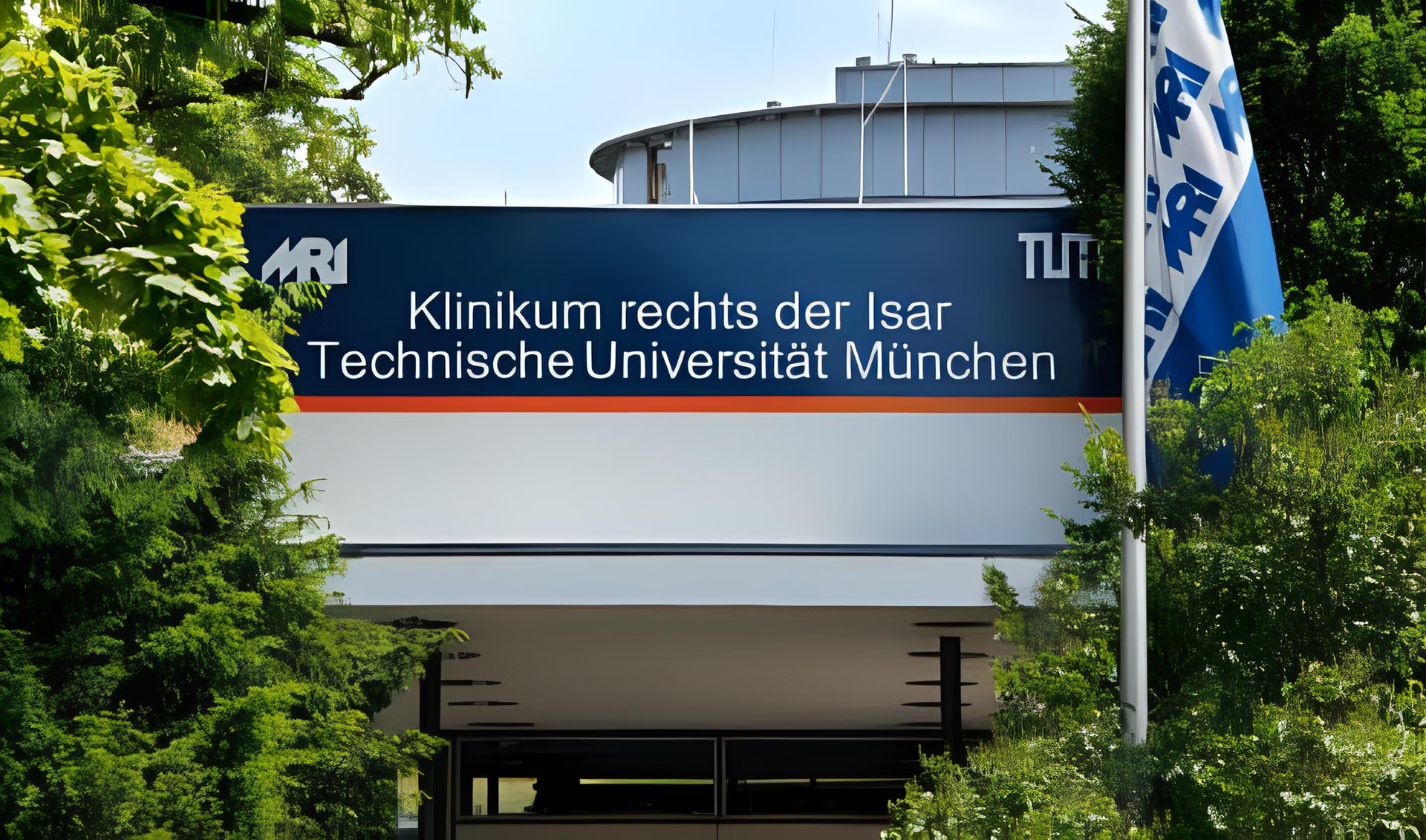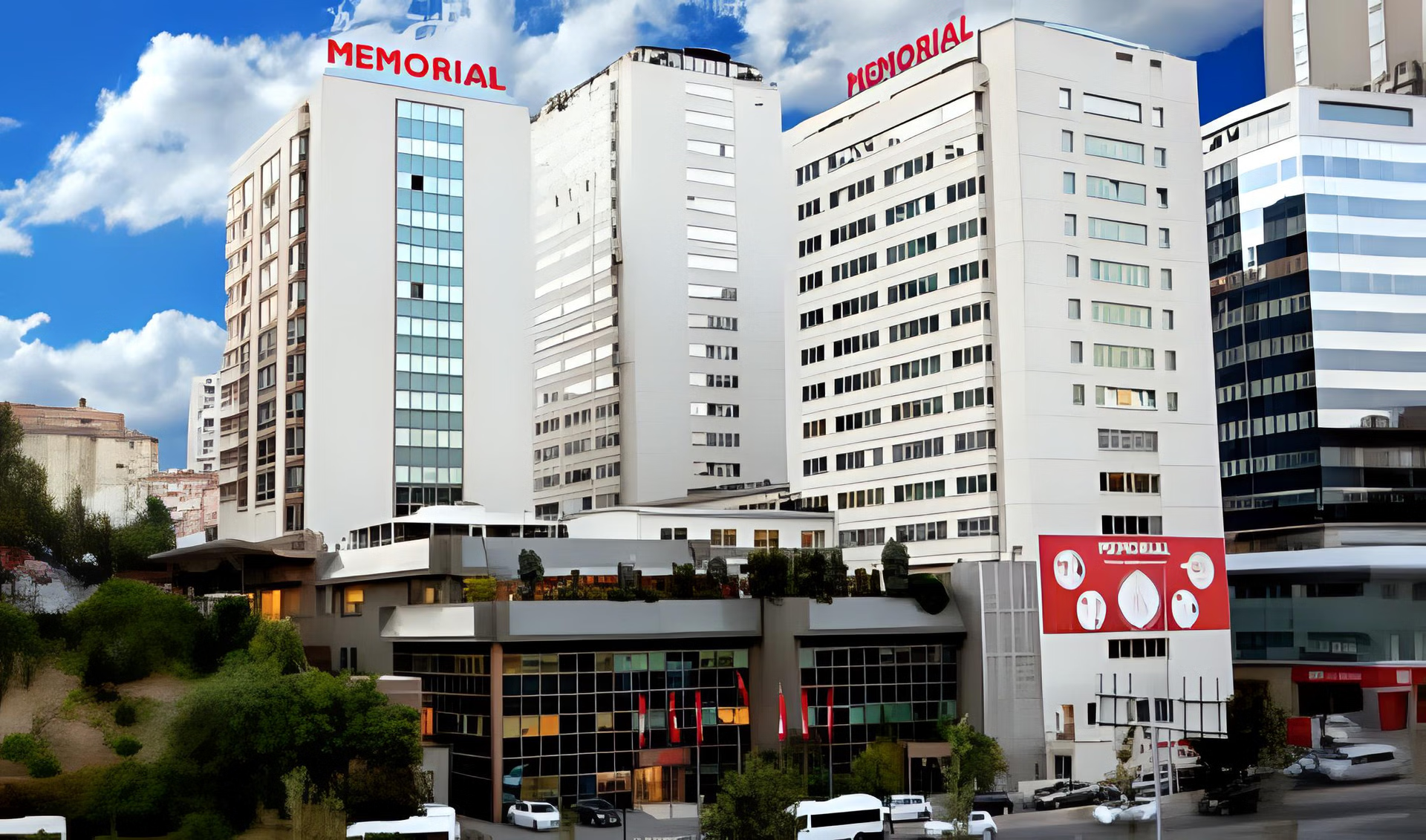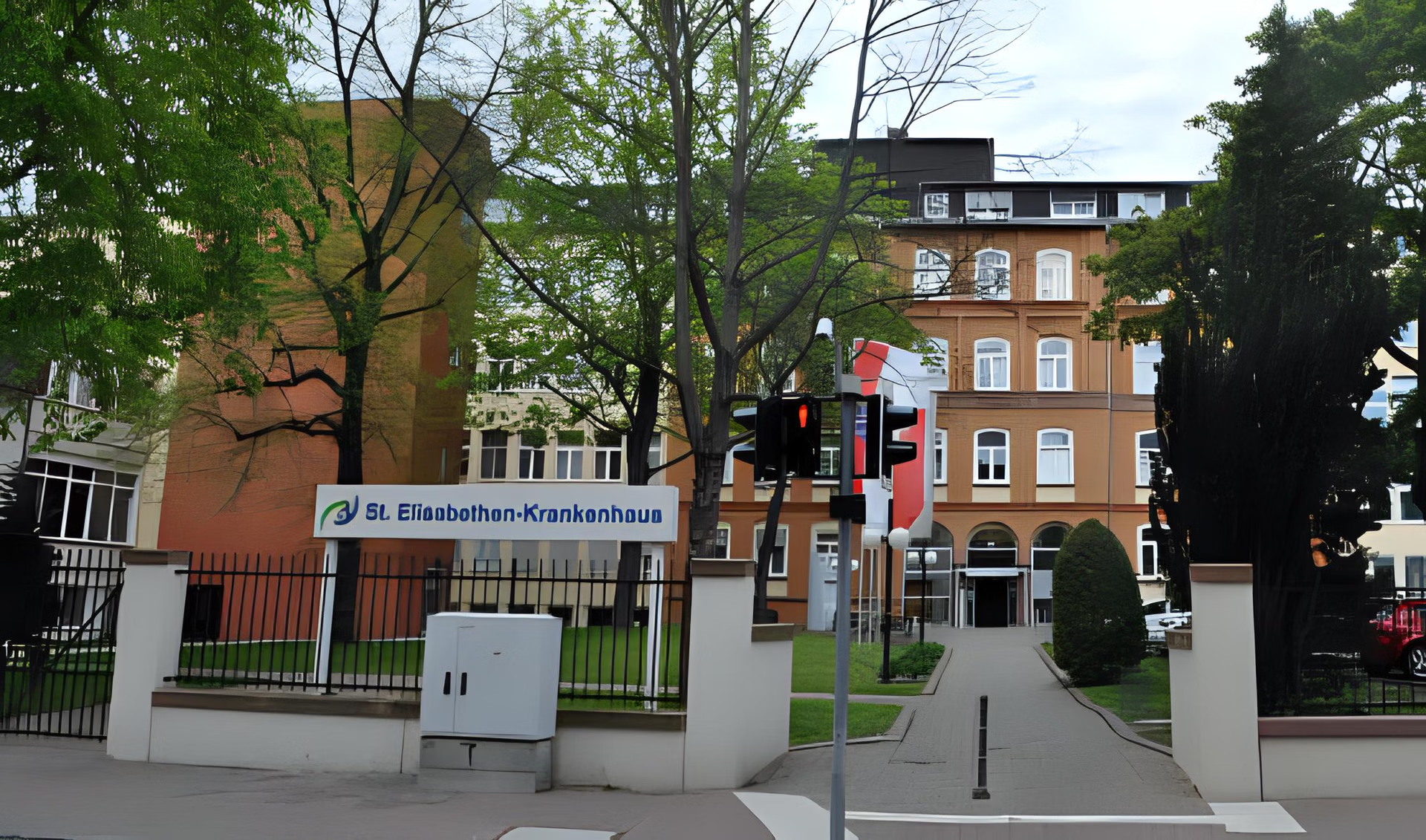Ablation Therapy for Liver Cancer

Microwave ablation of liver tumors takes less than 10 minutes, usually 2-5 minutes.
If the tumor is 2 cm or less, the 5-year survival is 80%-90% after cancer ablation.
The microwave liver ablation success rate is more than 85%.
Only 20% of people with liver metastases can be treated with surgery; ablation can help many of them if tumors are less than 3 cm.
 What does liver tumor ablation mean?
What does liver tumor ablation mean?
Liver ablation meaning "destruction" or "cauterization," is a treatment in which a special probe is put into the liver and used to destroy tumors. Physical or chemical energy is used to help. The goal of the procedure is to get rid of cancer without hurting the healthy tissue around it. This method is used if the patient has many small tumors or can't be taken out because of their health or the way their liver works. Ablation of liver tumors is also done on people waiting for a transplant. Concerning the ablation success rate, there were few studies. However, an 11-year study with 1000 patients showed that the 5-year and 10-year survival rates were 66 and 35%, respectively. So, if you ask if ablation can cure cancer, the answer is – yes, in some cases.
 How do ablation therapies work?
How do ablation therapies work?
With ablation treatments, a surgeon or an interventional radiologist puts a probe right into the tumor or tumors. These use radio waves, microwaves, or electricity, among other things, to make enough heat to kill cancer cells. Or, the probes can inject alcohol or send a substance that freezes cells to kill them. These probes can reach the tumor through the skin or tiny cuts.
For liver tumors, offered the following types of ablative surgery treatments:
Physical ablation. The thermal type uses heating energy to destroy cancer. There are:
- Radiofrequency ablation (RFA) uses radio waves with much energy. The probe's tip sends out a high-frequency current, which heats the tumor and kills the cancer cells it contains.
- Microwave ablation (MWA): electromagnetic waves in this kind of ablation for cancer treatment heat and kill the malignant tissue through a probe.
- Laser ablation (laser-induced thermotherapy or LITT) is performed under MRI control. It is a minimally invasive treatment for liver lesions through a needle.
- High-intensity-focused ultrasound (HIFU) can concentrate ultrasonic energy on the targeted areas and heat the tumor to cause its coagulation.
Physical ablation. The cold type uses shallow temperatures to freeze tumors and kill cancer cells. There is:
- Cryoablation (cryotherapy): Very cold gases are sent through the ablation probe, which helps to kill abnormal cells or “sick” tissue.
Chemical ablation uses chemicals to destroy tumors. There is:
- Ethanol ablation: highly concentrated alcohol is injected directly into the tumor during the procedure. As a result of the chemoablation, liver cancer cells die.
Ablation can be done during liver resection, needle injection, or laparoscopy. It is not about ablation vs. resection. These can use together.
 A detailed description of the treatment
A detailed description of the treatment
Usually, a patient will need to come in for a pre-operative assessment. At this appointment, the doctor will ask about health history and do any clinical exams and tests required to ensure the patient is healthy enough for the ablation of liver cancer. They also may need a blood test and an ECG. The nurse will talk about the process and tell what to eat and drink before the procedure. The patients can ask us anything they want to know about how the course will work. The nurse will ask about any pills or medicines.
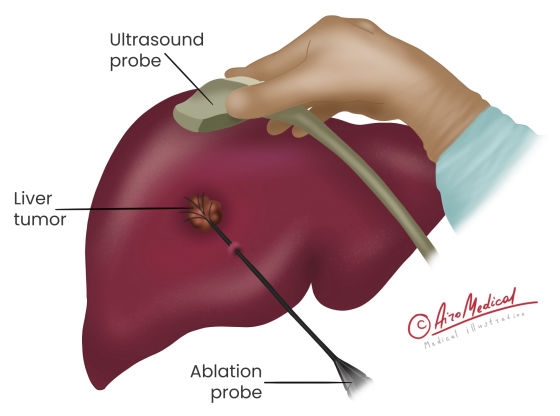 Ablation can be done either with an X-ray or in the operating room. Most of the time, the patient is under a general anesthetic. Then, one of the consultant radiologists will use either the ultrasonographic machine or the CT scans to find the problem in the liver.
Ablation can be done either with an X-ray or in the operating room. Most of the time, the patient is under a general anesthetic. Then, one of the consultant radiologists will use either the ultrasonographic machine or the CT scans to find the problem in the liver.
While lying down, a needle or probe is put through the skin and into the organ. The device is moved to the tumor. Ultrasound or computed tomography can see the whole process. A bandage covers each incision.
The answer to how long a liver ablation takes depends on various factors like the kind of ablation used, tumor size, localization, etc. On average, it requires about 60-90 minutes.
When you wake up from the anesthetic, the patient will be in the recovery area. The nurse checks the blood pressure and heart rate and gives the pain medication. No more potent painkillers than paracetamol are needed. The head can feel light or dizzy.
The liver ablation recovery times may vary. When the procedure is done with a needle probe, you may only require a few hours to recover or to stay in the hospital overnight. Depending on the type of surgery, it may require a few days to recover from ablation.
 Who can use hepatic ablation? Indications
Who can use hepatic ablation? Indications
When patients follow the rules for treatment, ablation works best. Doctors follow the clinical practice advice as much as possible. The 2018 Barcelona Clinic Liver Cancer (BCLC) recommends ablation for early-stage liver cancer patients with a tumor less than 3 cm in diameter or less than three tumors.
Based on recent clinical research, there are studies where researchers divide the reasons for treating HCC with ablative procedures into "absolute" and "relative" grounds.
The guidelines call for percutaneous ablation for "absolute indications" of HCC. Both surgery and percutaneous ablation can cure liver cancer. HCC. "Relative indications" include cases with tumors more than 3 cm in diameter or more than three tumors.
Secondary liver cancer can also be cured using microwave ablation for liver metastases. Other kinds of ablation treatment are widely performed in this category of patients.
Where can you do liver cancer ablation?
 Advantages and risks for liver cancer treatment by ablation
Advantages and risks for liver cancer treatment by ablation
Ablation has been used a lot to treat liver cancer past 20 years, and it has shown the effect.
The method has many clear benefits:
- can be used in cases if surgery is prohibited;
- has minimum side effects;
- is almost painless and doesn't require long-term hospitalization;
- requires a short time to make and recover;
- is less expensive than surgery;
- can be combined with other treatments.
If the patient has secondary cancer or liver metastases, ablation is still a choice method. It can help lower the chance that cancer will come back.
Concerning the radiofrequency liver ablation side effects, like other types, these are:
- abdominal pain,
- infection in the liver,
- fever,
- abnormal liver tests.
Serious problems don't happen very often, but they can. The tumor ablation procedure is a safe way to treat liver cancer, with a low death rate and a low number of Aide effects. Regarding safety in clinical settings, the types and rates of liver injury induced by RFA and MWA are the same and equivalent.
What doctors do we recommend?
 Outcomes and stats
Outcomes and stats
The most common way to treat primary liver cancer nowadays is through surgery and a liver transplant. Still, more than 80% of diagnosed patients are not good candidates for surgery, and the recurrence rate after five years is between 40% and 70%. The results of observations of liver cancer patients who were treated with ablation were published in the scientific journal Hindawi. After ablation, 87.5% of people with liver cancer were alive a year later, and 74.4% were still alive two years later. Only 14.3% of liver cancer came back after ablation, while 26.9% came back after other treatments. Small liver tumors have a chance of going away altogether more than 85% of the time.
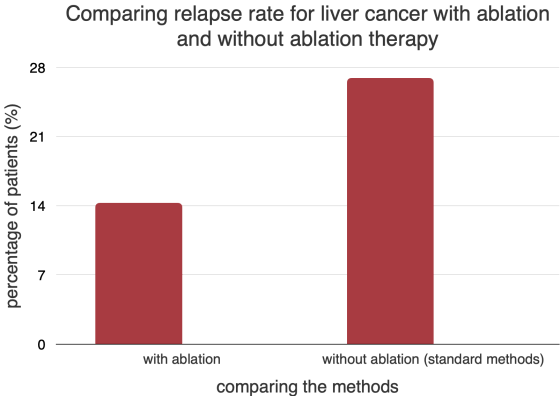
Other researchers claim that laser ablation (LITT) has even better results – 1-,3-, and 5-year survival rates are 94.2, 61.5, and 29.2 %, respectively.
Because of these, ablation is used to treat liver cancer in many of the best clinics worldwide. It is a short course of treatment with minimal risk, an immediate therapeutic effect, fewer side effects, and only minor liver damage.
 What to do next?
What to do next?
If you know what ablation therapy is, you understand how important to choose a proper doctor and clinic. AiroMedical is here to assist you.
If you work with us, you will:
- save the time spent waiting for treatment to start and the ability to choose specific dates.
- get help with buying and bringing all the medicines that are needed.
- putting together more ways to diagnose and treat.
- talk to the clinic's staff and people in charge
- get health care and a ride to and from the airport.
Using annual qualification reports, we decide which doctors and clinics to work with. The most important thing to look for in a doctor is the number of successful procedures or operations and the side effects, such as liver ablation complication rate. Their reputation among other doctors is essential.
Put your request on our website.
You can ask our medical consultant anything you want to know.
In what countries will ablation do the best?
References:
- American Cancer Society: Ablation for Liver Cancer
- Cancer Research UK: Treatment using heat to destroy liver cancer (thermal ablation)
- Radiological Society of North America: Radiofrequency Ablation (RFA) / Microwave Ablation (MWA) of Liver Tumors
- National Library of Medicine: Radiofrequency Ablation of Liver Tumors
- Hindawi: Comparison of Effects of Radiofrequency Ablation of Liver Cancer Guided by CT Images Based on Deep Learning Algorithm
